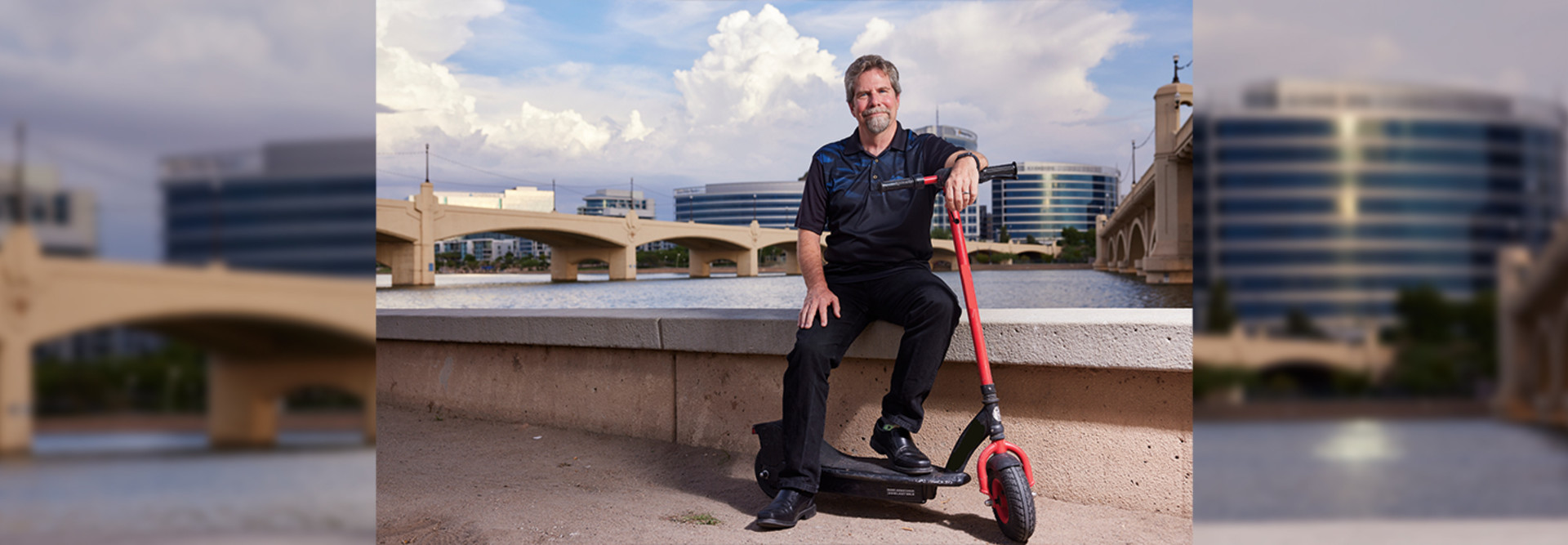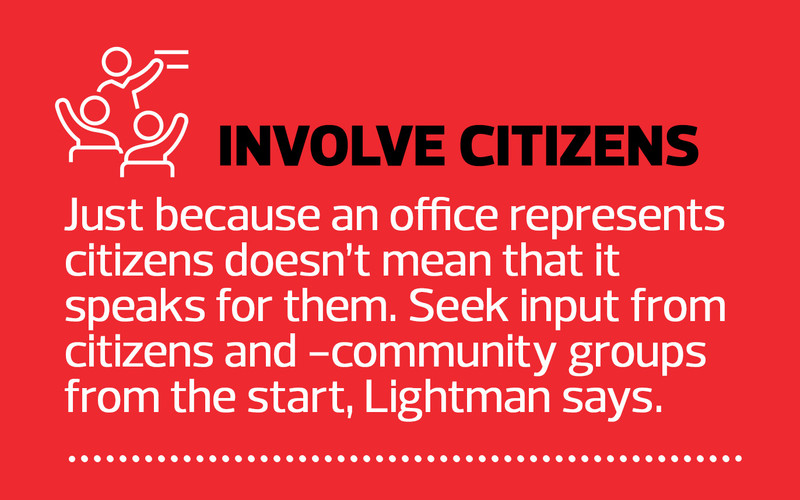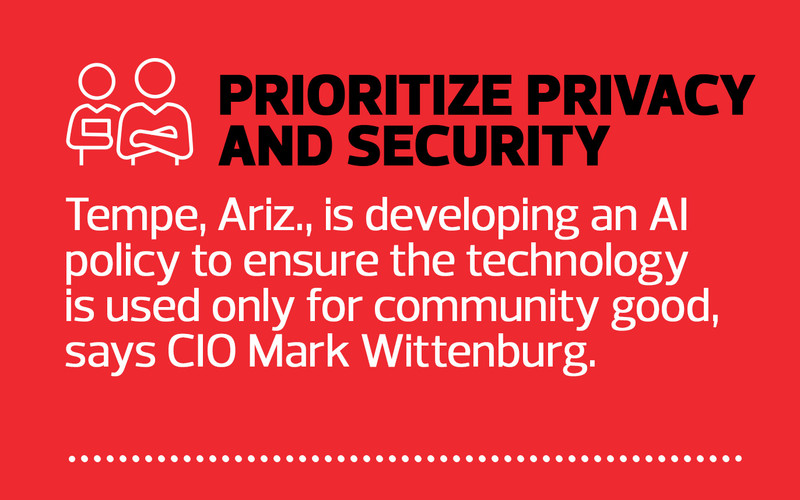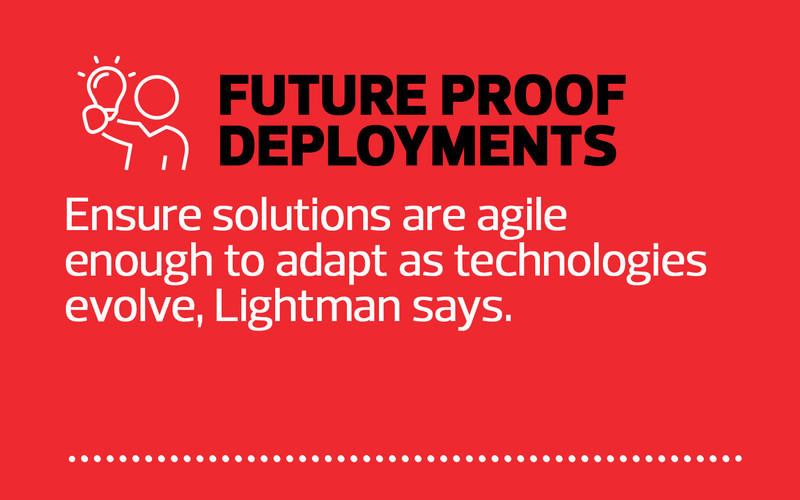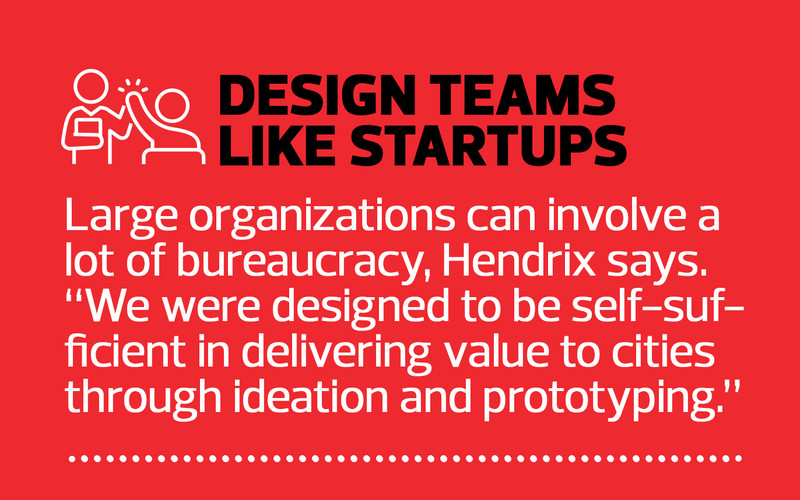How Cities and Universities are Collaborating for Change
Staff, faculty and student interns from the ASU CIC — one of 13 worldwide Cloud Innovation Centers sponsored by Amazon Web Services — walked Tempe officials through Amazon’s “working backwards” process, starting with the customer’s perspective and working backwards toward a solution, and accelerating Wittenburg and his team’s development of machine learning algorithms.
“Now that we’ve learned how to use it, we can program it to do almost anything,” Wittenburg says. “It’s one of those technologies that’s limited just by the imagination.”
EXPLORE: Why smart cities are installing kiosks for citizens.
Tempe has benefitted not only from its own partnerships with ASU but from the college’s collaborations with other municipalities. For instance, the CIC used LIDAR aerial imagery uploaded into Esri geospatial mapping software to help the city of Scottsdale, Ariz., track and reduce the water it uses for landscaping. Tempe then leveraged that code to meet its own goal of expanding its tree canopy and shade coverage.
In fact, news of the Scottsdale project spread as far as Durban, South Africa, where officials heard about the water conservation challenge and wound up working on a similar project with the CIC.



